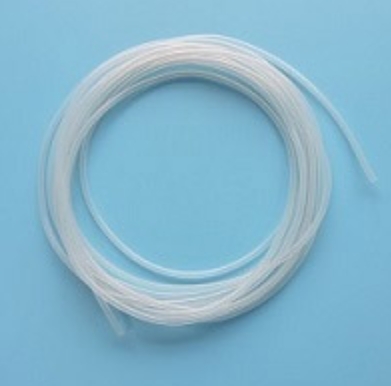


Cutting and welding thin wall tubes can present challenges due to their small wall thickness. The challenges include deformation, distortion, burn-through, and weld porosity. The heat input required for welding thin wall tubes is also small, which makes it difficult to maintain a consistent weld bead and control the heat input. The cutting process can also cause distortion or burrs, which can affect the fit and functionality of the component.
The best practices for cutting thin wall tubes are to use a fine-toothed blade, minimize the heat input, and use a clamp or jig to hold the component in place. The cutting process should be done gradually, and the blade should be cooled frequently to prevent overheating and distortion. Cutting thin wall tubes can also be done using abrasive cutting methods such as abrasive wheels, waterjet cutting, or laser cutting.
The best practices for welding thin wall tubes are to use a low heat input process, such as TIG or laser welding, and use a filler material that matches the base material's composition. The welding should be done in short segments to control the heat input and reduce the risk of burn-through or distortion. The weld area should also be protected from oxidation and contamination using a shielding gas or a protective coating.
The cutting methods used for thin wall tubes include sawing, abrasive cutting, and waterjet or laser cutting. The welding methods used for thin wall tubes include TIG, MIG, laser, and resistance spot welding. The choice of method depends on the application, material, and the required quality and precision of the cut or weld.
Common defects in cutting thin wall tubes include burrs, out-of-roundness, and ovality. Common defects in welding thin wall tubes include porosity, undercutting, and burn-through. These defects can affect the fit and functionality of the component and should be avoided by following proper cutting and welding techniques.
In conclusion, cutting and welding thin wall tubes require specialized techniques and equipment to ensure their quality and functionality. Using the best practices for cutting and welding can minimize the challenges and defects that may occur during the process. Thin wall tubes are increasingly becoming a vital component in various industries, and understanding the best practices for their fabrication is crucial.
Hebei Fushuo Metal Rubber Plastic Technology Co., Ltd. is a leading manufacturer and supplier of thin wall tubes in China. We specialize in providing high-quality thin wall tubes for various applications. Our thin wall tubes are made from premium materials and manufactured using advanced techniques to ensure their quality and functionality. With our years of experience in the industry, we guarantee customer satisfaction with our products and services. For inquiries and orders, please contact us at 756540850@qq.com or visit our website at https://www.fushuorubbers.com.
D. Talalaev, A. Yakimov, and V. Polyakov. (2015). "Cutting of thin-walled tubes with a wall thickness of up to 0.2mm using disk cutting elements." International Journal of Advanced Manufacturing Technology, 79(1-4), 313-319.
S. Wang, Y. Liu, and J. Cheng. (2018). "Optimization of laser welding parameters for thin-wall titanium alloy tubes." Materials Science and Engineering: A, 727, 207-215.
P. Peng, B. Zhou, and Y. Gui. (2020). "Effect of welding parameters on the microstructure and properties of MIG welded aluminum alloy thin-wall tubes." Journal of Materials Processing Technology, 279, 116600.
J. Kim, K. You, and S. Lee. (2021). "Fatigue strength of ultra-thin wall tubes TIG-welded using filler wire." Journal of Mechanical Science and Technology, 35(1), 73-81.
L. Ye, Y. Zhang, and Z. Ji. (2017). "Numerical simulation and experimental verification of resistance spot welding of thin-wall aluminum tubes." The International Journal of Advanced Manufacturing Technology, 89(1-4), 357-366.